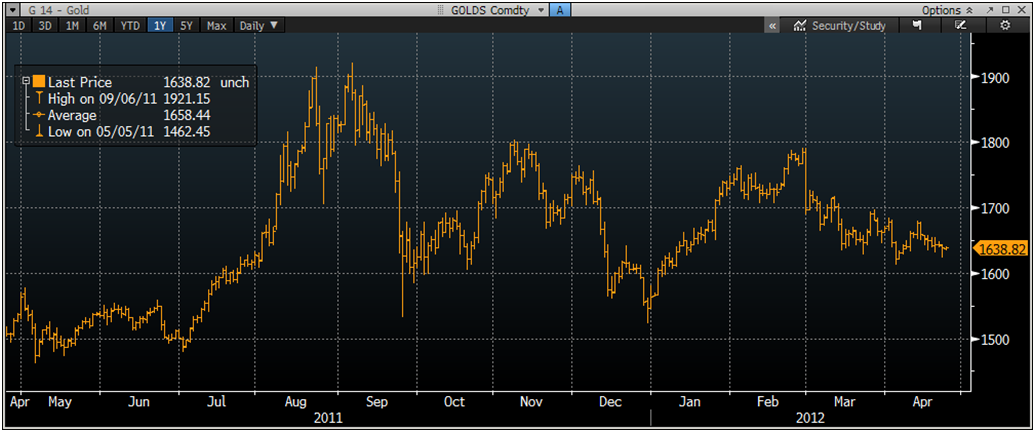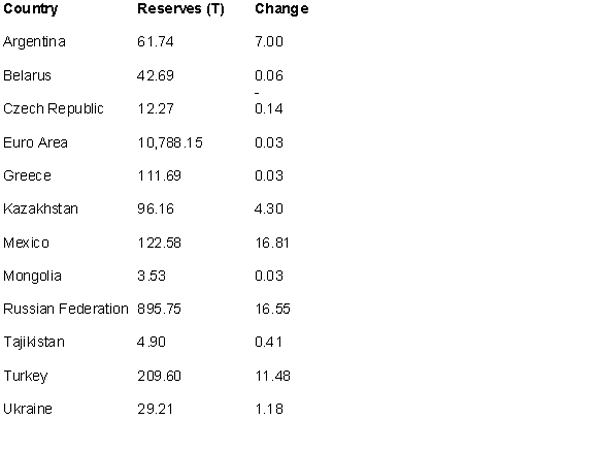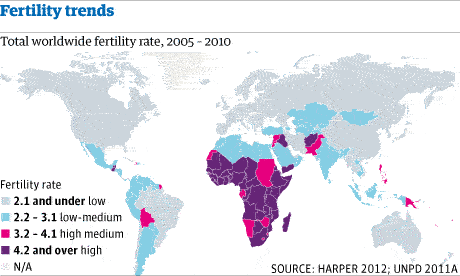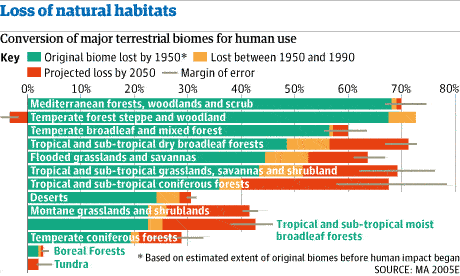
China’s export of a mobile missile launcher to North Korea was likely approved by Beijing’s communist government, possibly in response to U.S. arms sales to Taiwan, according to a think tank report made public Tuesday.
The report by the private International Assessment and Strategy Center also says the launcher export raises the prospect that China provided other missile technology for the new mobile ICBM first spotted during a military parade in Pyongyang April 15.
Additionally, the report says the Chinese missile launcher could be powered by a U.S. diesel engine, based on recent sales by the engine manufacturer Cummins to China.
A Cummins spokesman said the company is investigating.
“While China’s motivations for so arming North Korea may range from a desire to pressure the United States to reduce its support for democratic Taiwan to a desire to perpetuate the Kim dynasty dictatorship, the stark fact is that China has brazenly assisted a North Korean missile program with the potential to deliver nuclear weapons as far as Alaska,” states the report, produced by Chinese military specialist Richard Fisher.
“There is little chance this missile technology transfer transpired without the approval of the highest levels of China’s government,” the report said.
The report concludes that by providing nuclear delivery capabilities to a state that has repeatedly sponsored terrorism and proliferated missile technology and expertise, “China is assisting a global nuclear threat.”
“China’s action also stands in direct contravention of 2006 and 2009 United Nations Security Council resolutions (#1718 and 1874) specifically forbidding the transfer of such technology to North Korea,” the report said.
Defense Secretary Leon Panetta confirmed the Chinese launcher support during a House Armed Services Committee hearing April 19. “I’m sure there’s been some help coming from China … clearly there has been some assistance along those lines,” Panetta said in response to questions from Rep. Michael R. Turner, chairman of the House Armed Services subcommittee on strategic forces.
Turner last week stated in a letter to Director of National Intelligence James Clapper and Secretary of State Hillary Clinton that “the prospect of Chinese support for this program, which ‘would require approval from the highest levels of China’s government and from the People’s Liberation Army,’ means that China is enabling North Korea to deploy ICBMs that could be tipped with nuclear warheads aimed at the United States. Such cooperation therefore poses a direct threat to the security of the American people.”
White House spokesman Jay Carney told reporters on Monday that the Obama administration is investigating the missile launcher transfer by Beijing and questioned the government there.
“The United States will continue to work with the international community, including China, to enforce sanctions against North Korea’s ballistic missile program and nuclear program,” Carney said. “And I would say that we’ve raised the allegations with the Chinese government … as part of our ongoing close consultations on North Korea.”
An administration official said that North Korea has a difficult time procuring certain materials, and the Chinese export system is massive and not well organized. “Deals get done with the North Koreans at a local level directly with Chinese businesses that they aren’t necessarily aware of,” the official said.
“We’ve done a lot with the Chinese over the last three years to get them to tighten up on dual use products, and of course on anything prohibited under UNSCRs,” he said. “We assess that the Chinese problem is sanctions enforcement, not willful proliferation. We’ve raised this with them, and will continue to do so.”
Any claim by China that the government was unaware of the export of a strategic missile launcher “begs credulity,” Fisher said.
“The Chinese government is the leading agent in all of its proliferation of missile and nuclear technologies to North Korea, Pakistan, and Iran,” Fisher said.
Fisher said the Chinese-North Korean border is one of the most militarized borders in the world, and it would take the approval of multiple layers of government, military, and police officials on both sides to get six mobile missile launchers into North Korea.
“The only front companies that can make this happen are the ones working directly for the PRC and DPRK regimes,” Fisher said. “Beijing would sooner lose a train of elephants than be unaware of six [transporter-erector-launchers] TELs of the size transferred to North Korea.”
In Beijing, Chinese Foreign Ministry spokesman Liu Weimin said April 19 that China “firmly opposes proliferation of weapons of mass destruction and their delivery vehicles.”
Liu said China strictly abides by U.N. Security Council resolutions, and enforces its domestic export controls. “We have a complete and stringent control system in this regard,” Liu said.
Contrary to the official denial, “China’s historic proliferation behavior—and the obvious fact of this latest sale to North Korea—suggest that there was a direct sale of the [China Aerospace Science and Industry Corporation] CASIC/Sanjiang TELs to North Korea which required the approval of the highest levels of the Chinese government,” Fisher’s report said.
“It is also possible that China’s highest government and military leaders profited personally from this sale of equipment to North Korea,” the report said.
The center’s report stated that days before the April 15 unveiling of the Chinese launcher in Pyongyang, Chinese military web sites posted the first information on the missile launcher, which is produced by a division of the state-run China Aerospace Science and Industry Corporation.
The disclosure was similar to China’s semi-official unveiling of the J-20 stealth jet fighter in late 2010 and early 2011, the report said.
The missile launcher manufacturer, Sanjiang Space Wanshan Special Vehicle Company, located in Hubei, is one of two Chinese companies that produce mobile missile launchers.
According to the report, a brochure produced by the Sanjiang identified the launcher as a WS2600 large vehicle that is a modified version of the WS51200 16-wheel vehicle.
The Chinese vehicle design appears based on a Belarusian MAZ missile launcher that was transferred to China in the 1990s and apparently reverse-engineered by the Chinese.
“It is also apparent that North Korea’s new TELs could be powered by American designed/Chinese manufactured or German manufactured high power diesel engines,” the report said.
One of the online brochures said the WS51200 is powered by the 700hp KTTA19-C700, an engine designed by the U.S. Cummins engine company that is manufactured in and widely available in China.
“Cummins bans all sales of its products to North Korea, and the possibility that one of our commercial products could have been diverted by somebody without our knowledge for such use is very concerning,” Cummins spokeswoman Carole Casto said. “We hope to learn the facts as soon as possible.”
A second CASIC/Sanjiang brochure stated that the launcher is powered by an imported Deutz AG diesel engine, a German vehicle engine manufacturer, according to the IASC report. The launcher also appears to have a German transmission made by the ZF Friedrichshafen AG, which has manufacturing facilities in China.
The report said the Chinese government has not explained how its launcher came to be part of a new long-range missile system.
“A lack of definitive disclosure has caused some to speculate that the TEL or its technology could have been transferred to North Korea as part of a ‘civilian’ deal or that it could have been re-exported from Pakistan,” the report said.
Chinese press reports, however, indicate CASIC received $4.75 million for “super heavy off road vehicles” in 2010 and that vehicles were delivered to an unspecified buyer in May 2011.
The report said additional Chinese missile technology for solid-fuel, rapid-fire engines also might have come from China.
Based on assessments of the new ICBM’s engines, the range of the missile is estimated to be up to 3,720 miles, enough for the North Korean missile to reach targets in Alaska.
“If the KN-08 is indeed a new solid-fuel rocket, then there is a significant probability that it too is a direct sale or technology transfer from China, most likely again from CASIC,” the report said. “There is a precedent for this: CASIC was likely the main source for Pakistan’s solid fuel rockets and their TELs.”
The report warned that there is a real danger that the North Koreans will sell the ICBM launcher and missile to states like Iran.
The proliferation of the new missile means the United States and its allies “face the prospect of China’s network of nuclear proxies all having modern mobile solid-fueled ICBMs.”
“Furthermore, if China’s central role in the creation of this threat is not properly countered, it is possible that such a China-centered network of ICBM-armed proxies could be a reality before the end of this decade,” the report said.
Unless the problem is addressed, Japan, South Korea, and Australia could seek their own nuclear missile capabilities, the report said.
“The longer the U.S. fails to confront a proliferating China, the greater the likelihood that it may have little choice but to support/enable the nuclear deterrents of its allies as the price for sustaining those relationships.”
The report concludes that the missile launcher transfer by China should “end the delusion of an emerging Chinese global power being a ‘responsible stakeholder.’”
“It appears, with its brazen sale of TELs to North Korea, that even Beijing itself has grown tired of its deception efforts,” the report said. “China is most directly challenging freedom and stability on the Taiwan Strait, the South China Sea, and in the regions now threatened by the emerging Chinese-North Korean-Iranian-Pakistani network of nuclear missiles.”
Washington free beacon
 Cross Currency Table – (Bloomberg)
Cross Currency Table – (Bloomberg) Gold 1 Year Chart – (Bloomberg)
Gold 1 Year Chart – (Bloomberg)


